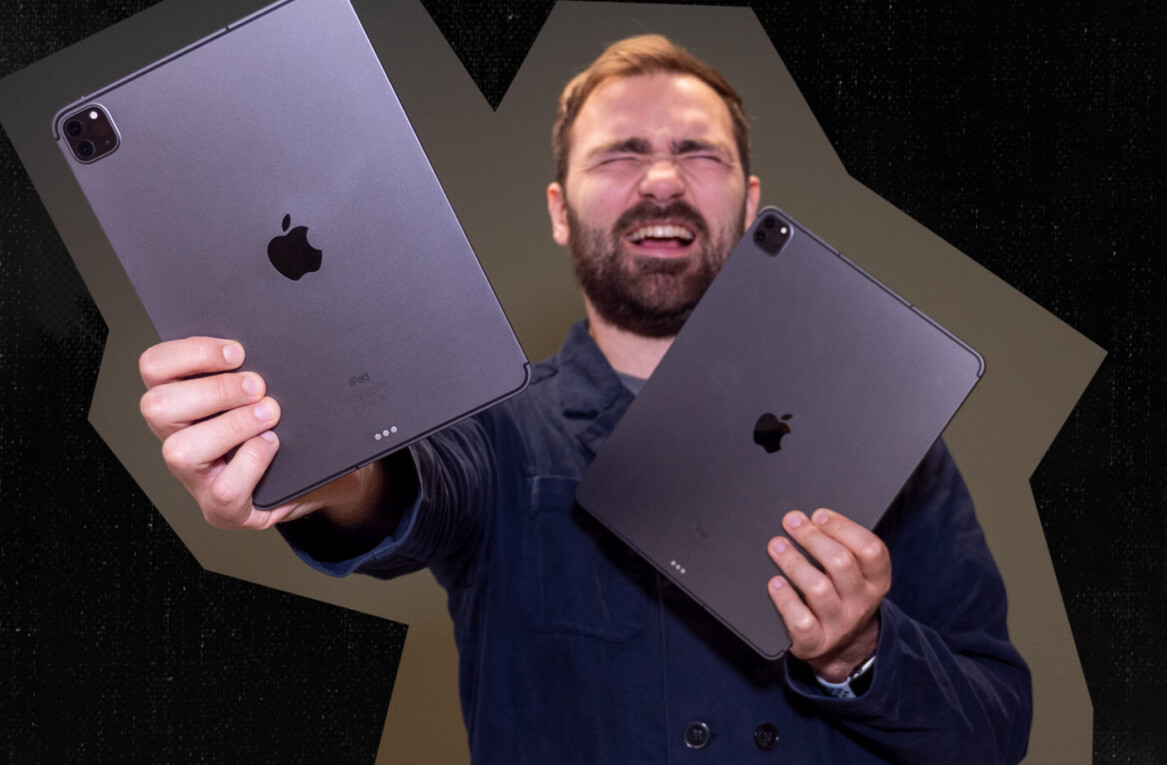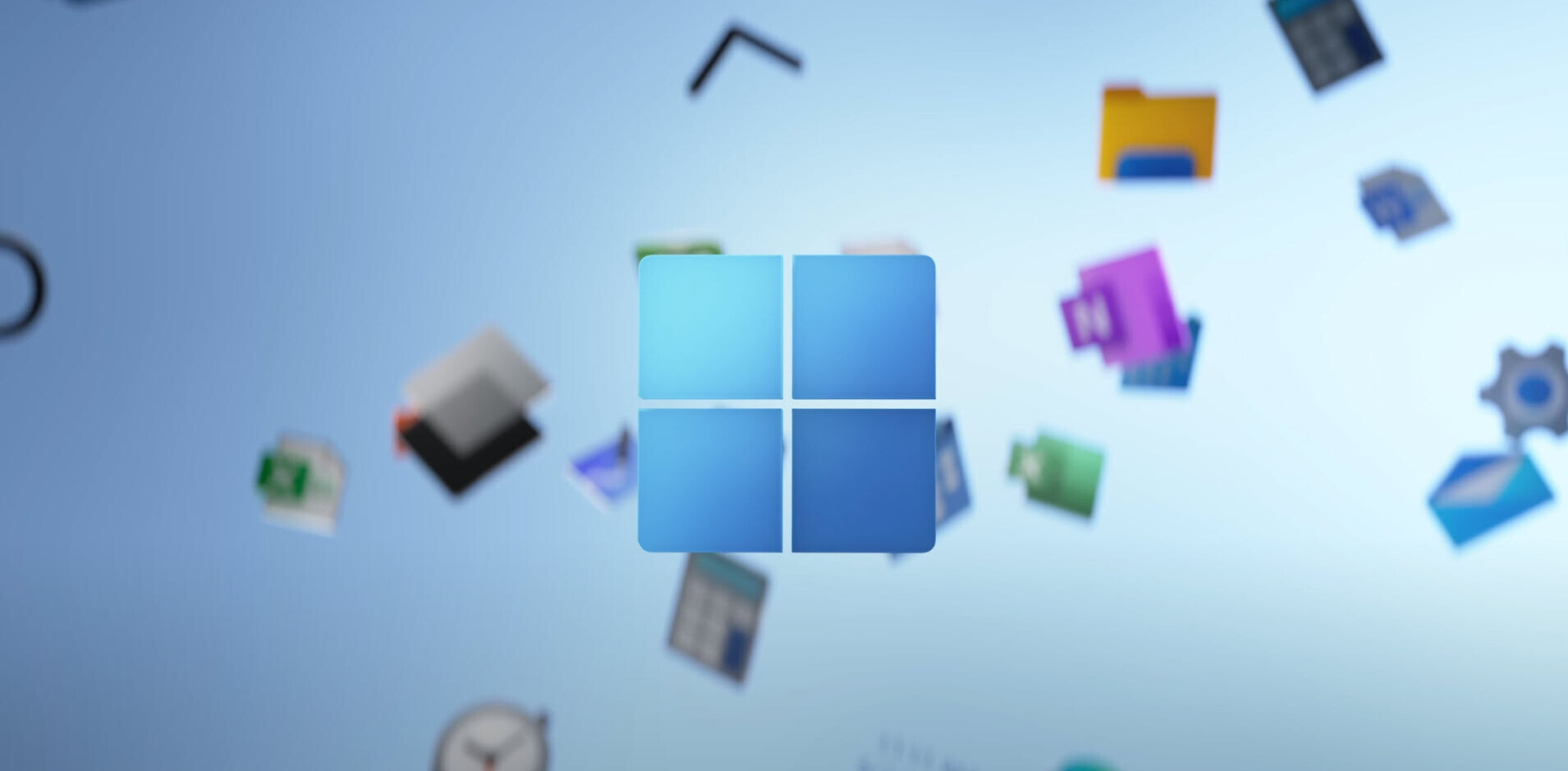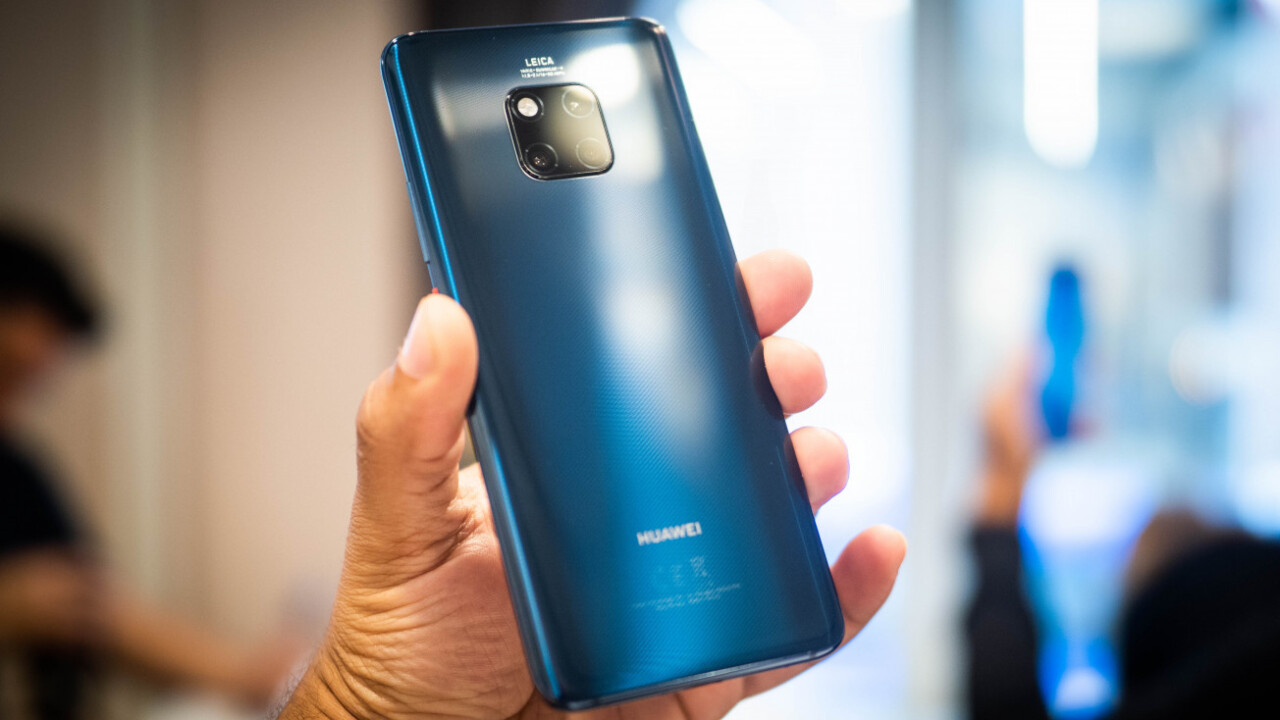
Huawei could have just delivered the P20 Pro this year and left it at that. It was one of the most feature-packed smartphones I’ve ever tested, and its unique triple-camera array featured the largest sensor we’ve seen in a modern smartphone. It was enough to earn the P20 Pro the highest DxOMark score yet – something no phone has been able to beat seven months later.
The Mate 20 Pro takes everything that was great about its predecessor and dials it up to 11. We got the chance to go hands-on with it shortly before launch; from my brief impressions, it could very well be the most impressive phone of the year.
First, the specs:
- 6.39-inch curved OLED display
- 3120 x 1440 resolution
- HDR Support
- Kirin 980
- 6 GB RAM
- 128 GB of storage
- Expandable storage via new ‘nano memory card’
- 4,200 mAh battery (!)
- Wireless charging – which you can use to charge other phones (!)
- 40 W charging support (!)
- 40MP F1.8 27mm primary camera
- 8MP F2.4 80mm telephoto w/OIS for 3x zoom
- 20MP F2.4 16mm ultra-wide (!)
- 24MP F.20 front camera
- IP68 water resistant
- 3D face unlock (!)
- Under-screen fingerprint scanner (!)
- Android Pie/EMUI 9
- No headphone jack…
- ….but an IR blaster!
- Colors: Emerald Green, Midnight Blue, Twilight, Pink Gold, Black
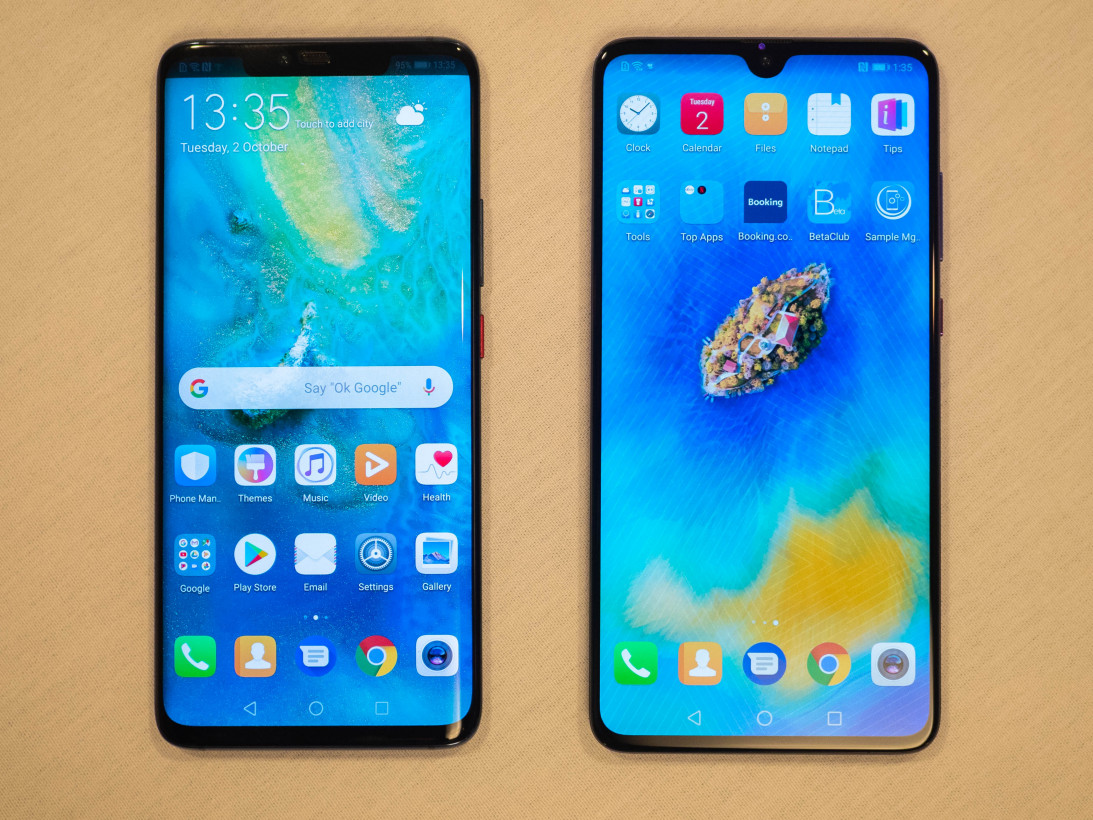
The phone comes with a few variants. A non-pro Mate 20 that uses a larger LCD display, has a 4,000 mAh battery and trades the giant 40MP sensor for a smaller 16MP one. It forgoes 3D face unlock and the in-display fingerprint sensor as well. The Mate 20 X has a whopping 7.2-inch screen but also loses the fancier security methods. :Lastly, there’s the Mate 20 Porche Edition that bumps the RAM up to 8GB and storage to 128GB. Oh, and it comes with a features a leather back.
Back to the Mate 20 Pro though. As you can tell by my exclamation marks, there are some interesting specs to point out. While it may not beat out, say, a Galaxy Note 9 concerning the usual RAM and storage specs, the phone boasts an impressive number of rare features.
We already knew the Kirin 980 was coming; it’s the first Android phone to use a 7-nanometer processor architecture and should provide a sizeable boost over the 970; Huawei is of course touting its AI chops in particular. In any case, the P20 was already one of the smoothest Android phones – at least among those with a heavy skin – so the Mate 20 will almost certainly be faster.
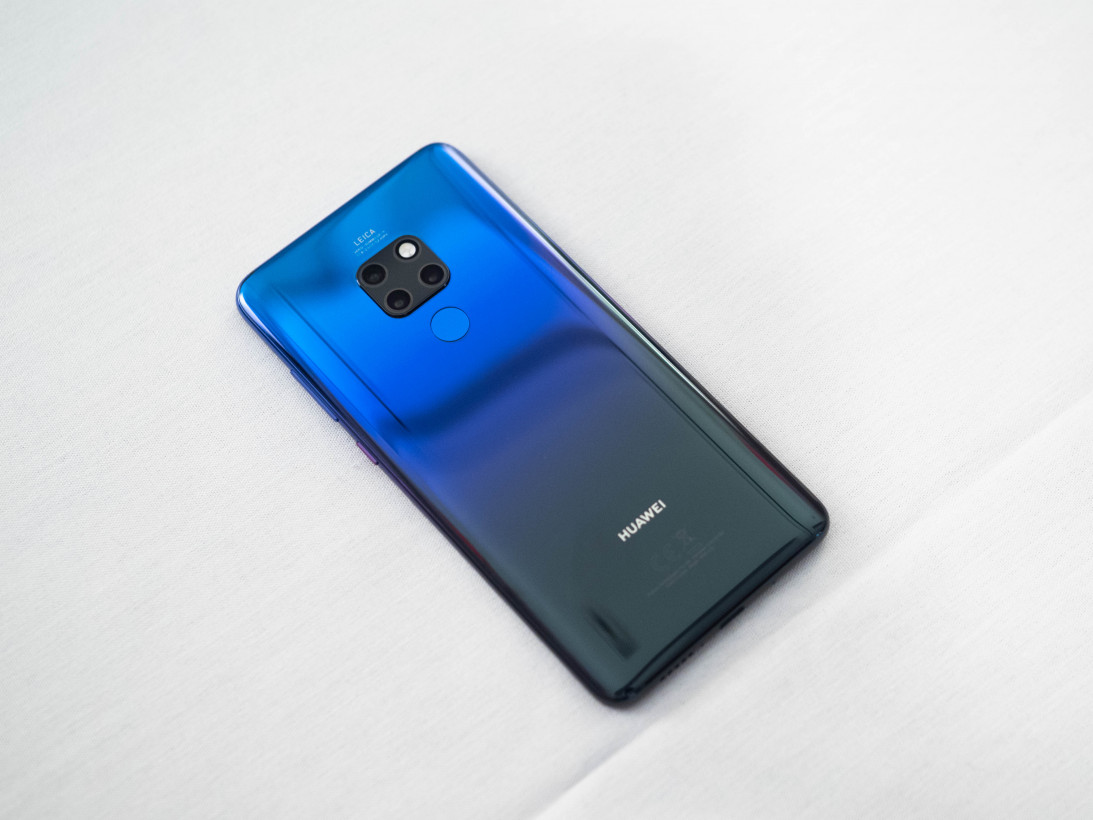
But it’s a lot more than the basic processor bump too. Huawei continues to lead in battery size, becoming the first mainstream flagship with a 4,200 mAh battery. Then there’s the new SuperCharge tech, which is pretty insane. According to Huawei, the P20 Pro can reach 70 percent charge in just 30 minutes. That makes even OnePlus’ dash charging look tame. For its part, Huawei also says the battery has some of the most rigorous safety testing in the industry.
It’s also the first Huawei flagship that can be wirelessly charged, but it comes with a neat trick: it can also become a wireless charger. If you’re eating dinner at a restaurant with a friend who’s running low on juice, they could just plop their phone on top of yours to top up while you eat. Frankly, I’m surprised this hasn’t been done sooner.
But once again, the camera is the star of the show. Again, Huawei could’ve simply ported the P20 Pro’s camera, but instead, it made one crucial, highly welcome change: It swapped out the monochrome sensor for an ultra-wide angle. That gives it a triple-camera setup similar to LG’s V40, but with much more powerful hardware behind it.
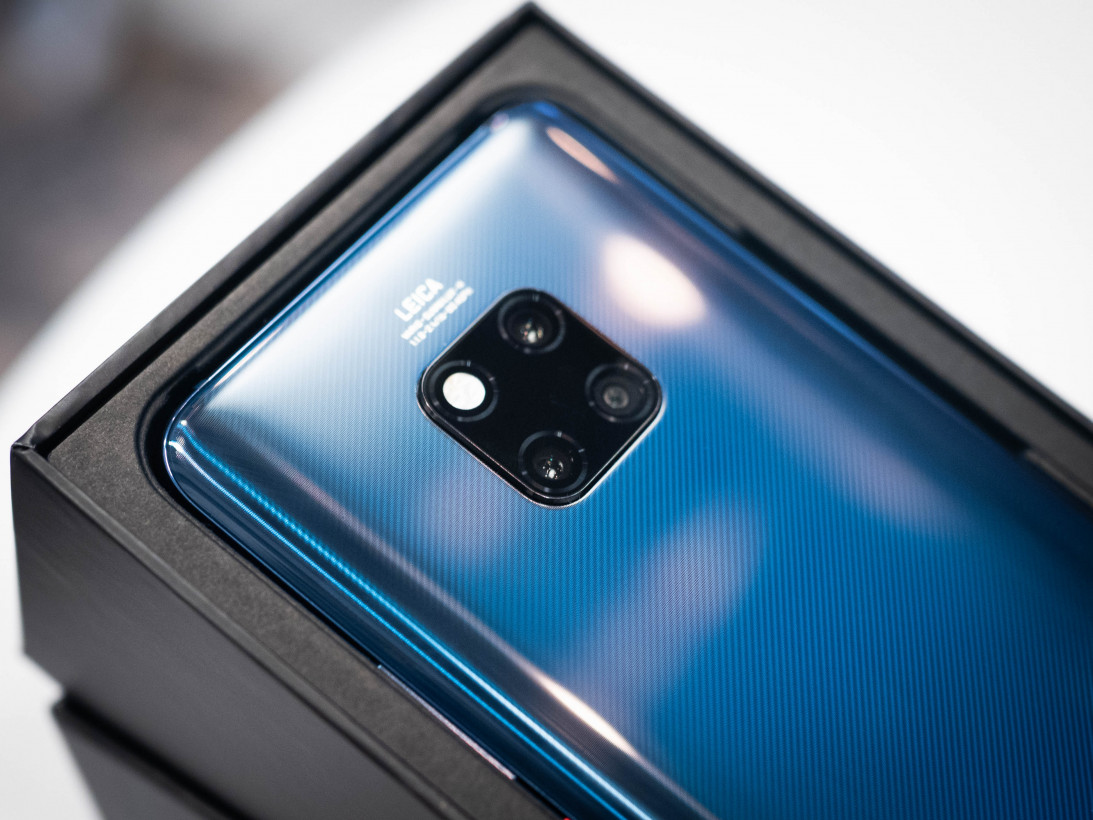
The monochrome sensor, which primarily helped low light performance, was arguably unnecessary on the P20 given its primary sensor was already so much larger than any of the competition’s.
The ultra-wide, on the other hand, means you now have what photographers sometimes call the ‘holy trinity’ of lenses. It provides much more flexibility in your photography, allowing you to frame scenes differently and giving you the option to capture shots not possible on other phones without some elbow grease.
Couple with this with improved image processing courtesy of the Kirin 980, and the Mate 20 Pro could very well boast the most versatile camera on the market. I’ve typically preferred Google’s processing, but that company could learn a thing or two from Huawei.
There’s one more camera, by the way – though not for photos. The Mate 20 Pro features an iPhone-like 3D face unlock that seems to be on par with Apple’s in terms of speed and accuracy, and it worked surprisingly well off-angle.
As if that weren’t enough, the Mate 20 Pro also has an in-display fingerprint sensor, which also worked really quickly in my testing, though it required a bit more pressure than your average fingerprint reader.
Despite being packed to the brim with features, the P20 Pro manages to keep up appearances.
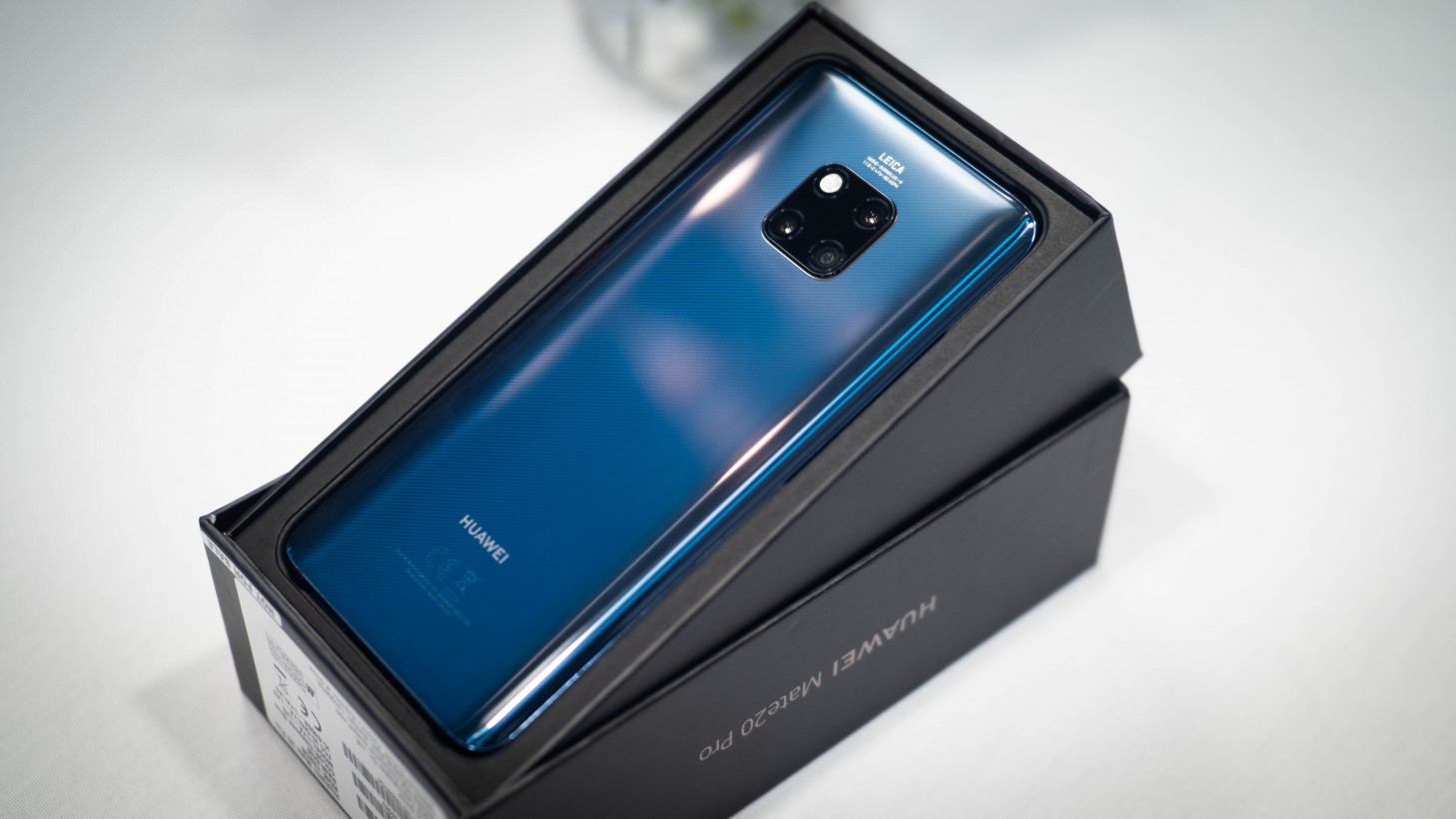
Despite the 6.4-inch display, it’s svelte in hand thanks to a curved panel – it feels smaller than my Pixel 2 XL – and the different color finishes are unique and attractive. I’m particularly fond of the Midnight Blue, which has a grippy etched texture on the rear glass. The notch is a bit wider than the P20 Pro’s thanks to that 3D camera, but it’s easy to hide in software.
So yeah, I’m pretty excited about this phone. After being somewhat disappointed with Google’s hardware choices with the Pixel 3, the Mate 20 Pro is refreshing. With so many genuinely useful features crammed into one device, it might just be the most ambitious phone I’ve seen in years.
Hopefully, Huawei still remembered to prioritize quality over quantity. The Mate 20 Pro will retail at an expensive €1,049, but like the Note 9, the price might actually be justified. It’s available to pre-order in Europe starting today. Within the US, it will supposedly be available unlocked at some point, but we’ve no details on when.
Stay tuned for our full review once we get our hands on a production unit.
Update (November 27, 2018): Huawei’s Mate 20 Pro will go on sale in India on December 3 at Rs. 69,990 ($987) exclusively through Amazon India.
This post previously stated the Mate 20 Pro featured a Micro SD slot. It doesn’t – it uses a newfangled ‘nano memory card’ that Huawei is apparently selling itself. We regret the error.
Get the TNW newsletter
Get the most important tech news in your inbox each week.

